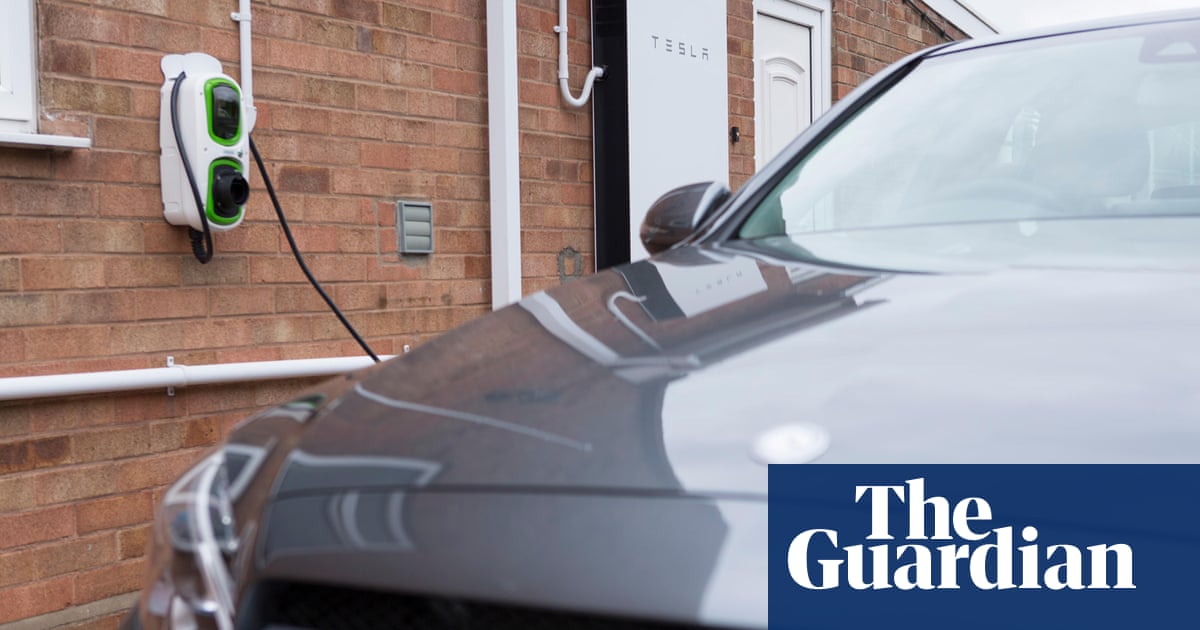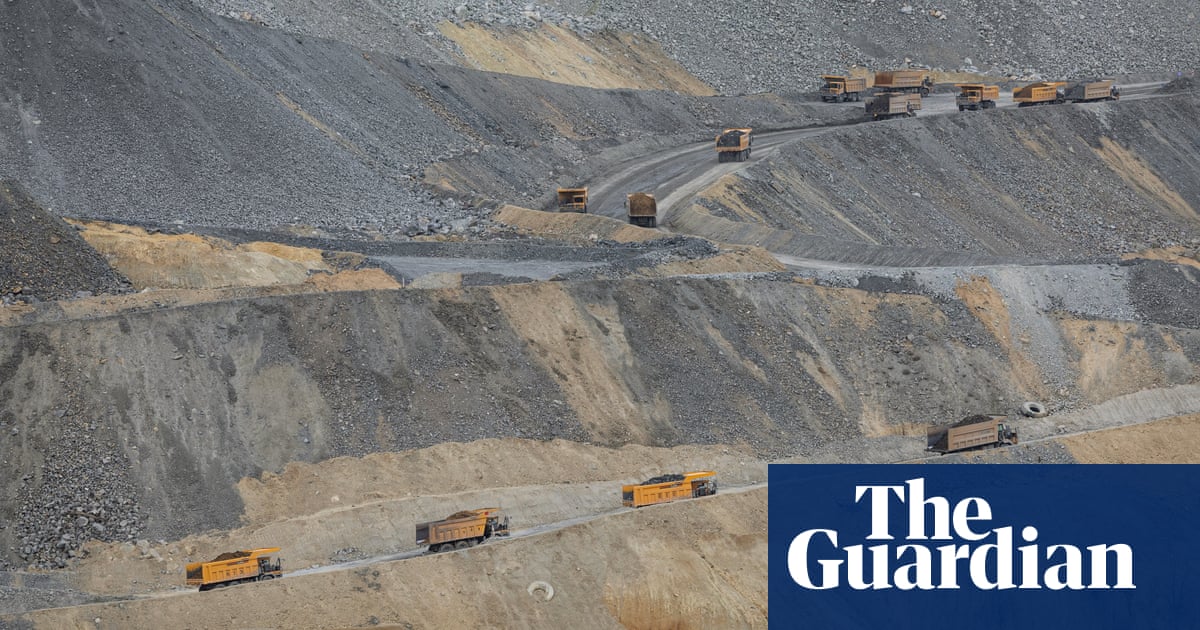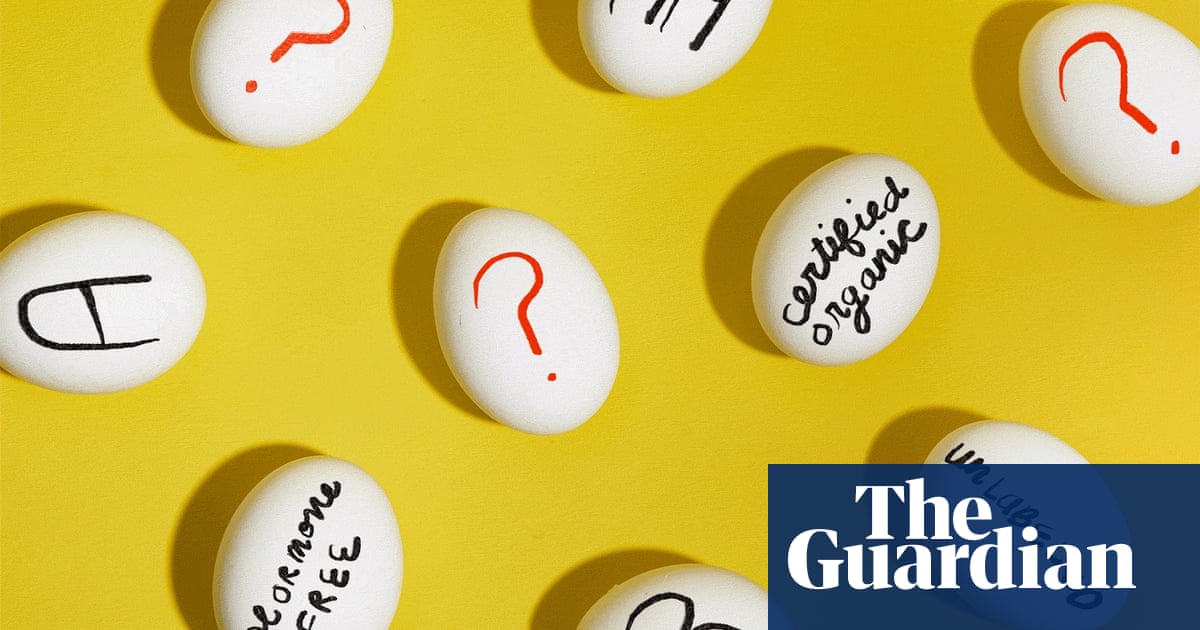Turn on or drop out: new rules could give energy consumers more power on the home front | Australia news


Households could be paid for feeding energy back into the grid from their electric vehicles, while households and businesses could sign up for multiple electricity suppliers for different power uses, such as pool pumps and solar panels, and increased competition could save consumers money.
At least that’s the vision under draft rules aimed at changing how power companies and consumers interact.
The new draft electricity and retail rules, released on Thursday by the Australian Energy Market Commission for public feedback, are aimed at opening the way for households and businesses to sign up multiple electricity suppliers for different power uses. Competition would be expected to drive down power prices and foster innovation.
The proposed rule change would unleash the potential for households with solar panels, batteries, EVs and other loads that can be used flexibly such as hot-water systems to capture the benefits these assets offer the grid, said commission chair Anna Collyer.
“[I]f your retailer offers you a really great deal for charging your electric car, you can separate that out, and just have your more traditional electricity deal for all of your other uses” such as fridges and lighting, Collyer told Guardian Australia. “We also think it’ll really encourage innovation by retailers to think cleverly about the way that could reward customers.”
Policymakers increasingly talk about so-called customer energy resources (CER) as an array of new electrical devices enter the market, particularly involving storage. EVs, in particular, are expected to grow rapidly in popularity, with many of them likely to offer the capability of feeding power back into the grid if needed.
An AEMC report, released on Thursday, states that there will be about 22m EVs in Australia by 2050. Their storage capacity would approach six times the planned 2200MW capacity of the giant Snowy Hydro 2.0 pumped hydro project now being built, Collyer said.
The need to spread the power sector risks was underscored by storm damage to a transmission line and local poles and wires in Victoria earlier this month that cut power to half a million homes. A spike in temperatures on Thursday may also strain the power grid in New South Wales and Queensland.
Collyer said Australia’s world-leading take-up of rooftop solar panels – with about 3.2m homes generating their own power – meant other nations were looking to Australia on how the grid can be shifted off fossil fuels.
Along with opening the way for households to have multiple power suppliers, the commission’s proposed rules would also support large commercial energy users to follow suit.
Even councils, which increasingly run street lights with their own types of electricity meters, could also benefit from the change.
The commission would also be working to ensure compliance and enforcement standards are in place to ensure users’ safety, Collyer said.
Smart meters would likely be needed for households taking part. Such devices were already standard in Victoria and 60% in Tasmania with the rollout in other states now about 45%. The proposed reform, though, should enable cheaper meters to be used, with some of them effectively embedded already in EVs and some other devices.
Submissions on the proposed rule change close on 11 April, with a final determination set for July and implementation in early February 2026.
The commission is likely to release a separate draft determination for smart meters next month, with rules to be finalised by mid-year and a start date set for July 2025. The aim is to have 100% of Australia’s homes hooked up to smart meters by 2030.
Meanwhile the Clean Energy Regulator on Wednesday released greenhouse gas emissions data for the 2022-23 year. AGL Energy remained the nation’s largest emitter at 34.8m tonnes of carbon-dioxide equivalent although its pollution levels dropped about 12% from a year earlier following the closure of the Liddell coal-fired power plant.
Queensland government-owned Stanwell Corp was the next largest single carbon emitter, at 18.4mtCO2-e, ahead of EnergyAustralia with 17.4mtCO2-e.
The power sector remained the largest emitter, with carbon pollution falling 2.9% or 4.1mtCO2-e to 139.2mtCO2-e. Increased renewable energy generation was one factor for the drop.
Source link




